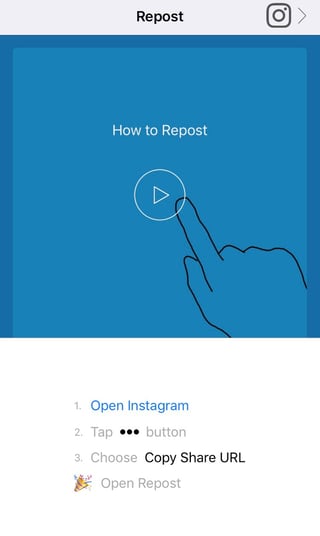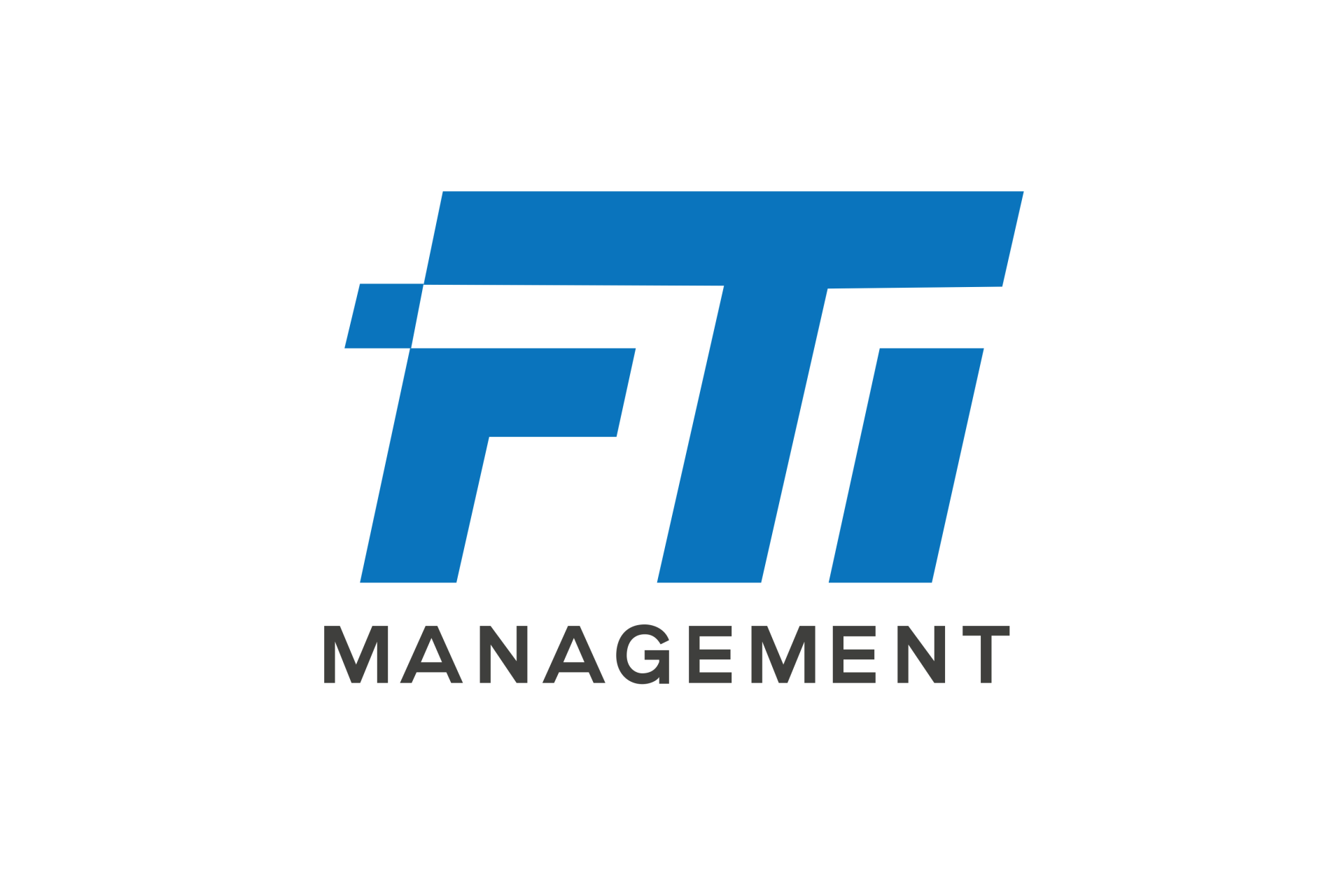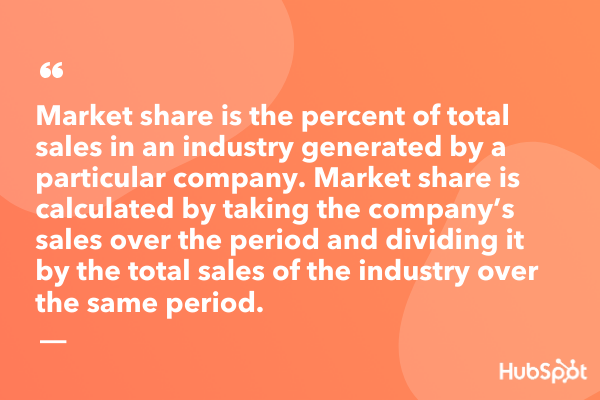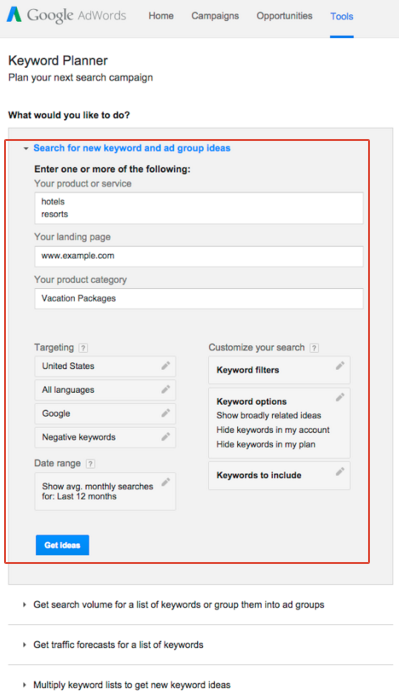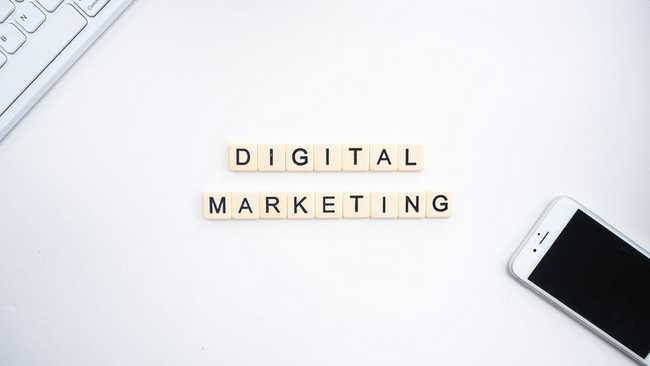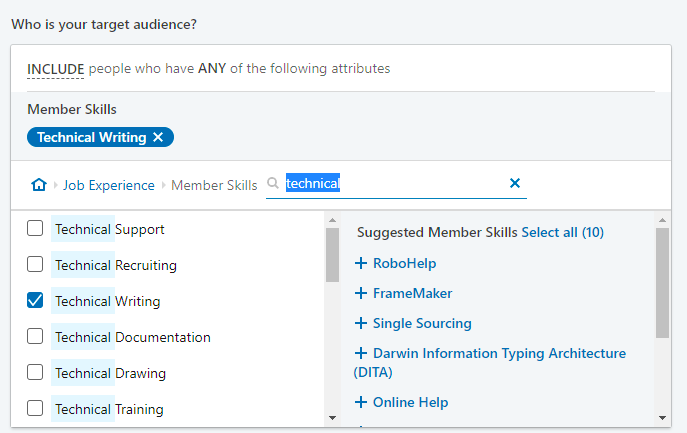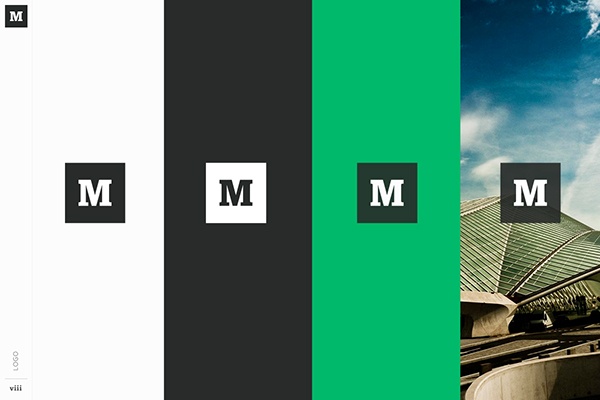7 Email Cadence Best Practices for Better Email Marketing Campaigns
By 2022, an estimated 330 billion emails will be sent and received each day — making it one of the largest digital communication channels.
Emails can include everything from details about pressing, work-related crises to e-cards from your aunt on random holidays like Arbor Day.
But email’s practical use extends beyond the personal — it can also be one of the most effective ways for businesses to convert leads into buyers. An email campaign is an effective strategy for turning a prospect’s interest into hard sales.
These campaigns can be massive assets, but they shouldn’t be structured arbitrarily. In all likelihood, you can’t send single, catch-all email blasts to your contacts whenever you feel like and expect your prospects and customers to be receptive to them. There’s much more to the email campaign process than drafting up an email and hitting send.
One of the most crucial components of the email campaign process is email cadence: the pulse, pace, and playbook of a successful email campaign. Let’s take a deeper dive into what an email cadence is and establish the fundamental principles of structuring a successful one.
The success of an email campaign can hinge upon the effectiveness of its cadence. If you can get the right emails to the right customers at the right time, you can get a lot of mileage out of your email marketing efforts.
That being said, if your cadence is too intrusive, obnoxious, or directionless, you can lose out on opportunities to guide leads through their buyers’ journeys. If potential customers feel pestered or confused by constant, irrelevant newsletters and promotions, they probably won’t stick around to hear what you have to say.
Here are some best practices to employ to ensure your next campaign’s email cadence is the best it can be.
1. Understand your goals.
What do you want out of your email cadence? You need to understand where you’re trying to lead your prospects and customers. Are you looking to improve traffic to your blog? Drive ecommerce sales? Schedule meetings? Close deals?
An email cadence is designed to guide buyers from point A to point B. You can’t do that if you have no idea what "point B" is. Your ultimate goal will dictate the strategy behind your cadence. If you’re trying to do something like increase traffic to your blog, you can stand to lose more subscribers than you would if you were trying to court a group of sales leads into scheduling demos.
If you’re sending emails purely for the sake of sending emails, your cadence is going to be aimless and haphazard. And you’ll waste a lot of time and resources on email campaigns that go nowhere.
2. Try to understand each customer’s mindset.
The whole point of having an email cadence is to hone in on messaging that’s going to resonate most with a specific customer at a given point in time. That means one-size-fits-all, "throw everything at everyone," impersonal emails won’t cut it. You need to send your recipients something relevant to who they are as a customer. That often means understanding where they are in their buyer’s journey.
The buyer’s journey is the process buyers go through to become aware of, evaluate, and ultimately decide to purchase a new product or service. It’s divided into three stages: Awareness, Consideration, and Decision.
You can’t expect to target buyers in all three of those stages with the same message and have it immediately register with them, across the board. Different stages — and engagement levels within those stages — warrant different messages.
Additionally, through the wonders of automation , coordinating this kind of strategy is possible. Several kinds of email and marketing automation software allow you to set up the proper infrastructure to tailor email content and timing to suit different leads’ behavior and interests.
3. Personalize when you can.
Think back on all the targeted emails companies have sent you over the years. How inclined have you been to click through ones addressed to "valued customer," or "to whom it may concern?" I don’t think it’s outrageous to assume the answer is "not often."
Why would your customers be any different? A successful cadence relies on your leads clicking through your emails and progressing through their buyer’s journey. If you’re sending impersonal mass-email blasts, crossing your fingers, and hoping for the best, your prospects may wind up suspended in buyer’s limbo.
Fortunately, there’s a variety of email software that allows you to personalize your subject lines and email content to cater to specific leads.
4. Don’t be too shy.
When planning an email cadence, you shouldn’t err too much on the side of "I don’t want to bother you." It’s easy to get anxiety about losing leads by coming off as obnoxious or intrusive, but you have to understand there’s a difference between being pushy and being professionally persistent.
If you’re not consistently sending out emails, you’re missing out on sales opportunities. A big part of email marketing is keeping your prospects and customers engaged. If a lead only gets an email from you once every two months, you might become an afterthought.
Email cadences are a matter of strategically striking while the iron’s hot. You can’t do that if you’re too reluctant to strike at all.
5. Don’t be too aggressive.
Even though you shouldn’t be too passive, you don’t want to be overly aggressive. There’s a movie from the 80's called Say Anything. It has an iconic scene where the main character stands outside his love interest’s window and serenades her by blaring a song called "In Your Eyes" by Peter Gabriel from a boombox he’s holding over his head. She swoons over it, and they ride off into the sunset together on a lawnmower ( … for some reason).
It’s romantic and compelling. But, if he did that twice a day, every day — playing similar, anthemic 80's rock songs on her front lawn — she’d be over it pretty quickly. He’d have to take his lawnmower and Peter Gabriel cassettes somewhere else.
That’s essentially what sending emails too frequently in your cadence is like. If your leads are receiving obtrusive, daily reminders and promotions from you, they’ll unsubscribe from your mailing list.
6. Hone in on the right frequency for your business.
There’s no magic figure when it comes to email frequency. It’s going to vary from business to business. It may take some time to get the right feel for how often you should be sending your emails.
Studying your industry averages for email frequency can provide a solid place to start. A prominent fashion brand routinely sending out new promotions and coupons probably isn’t going to have the same email frequency as a midsize B2B SaaS company looking to set meetings with decision-makers.
Email frequency isn’t an exact science. It’s probably going to take some trial-and-error before you find one that best fits both your business and customers’ interests.
7. Give your subscribers autonomy.
Always give your subscribers the option to control their own email frequency. Giving them this kind of autonomy can keep them from unsubscribing from your mailing list outright if your email frequency seems like a bit too much for them. Include a link to allow them to update their email preferences as they see fit at the end of your emails.
Customers don’t always approach email frequencies in absolutes. Even if they’re overwhelmed by how many emails you’re sending them, they still might want to keep hearing from you. Give them the freedom to pump the brakes. If they don’t have the flexibility to do that, they’ll probably just cut you off.
You should always be putting the customer first. Their personal interests take precedence over what you might believe to be your preferred email cadence.
Finding your ideal email cadence might not happen with your first series of automated emails. Still, there are certain actions you can take to take to put yourself in the best position to find the one that works best for your business.
Your main priority should always be your prospects and customers’ interests. Try to understand where they’re coming from, where they stand in terms of buying your product or service, and what they might want out of you and your business, and cater your email cadence around that.
